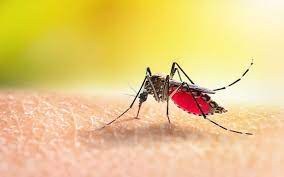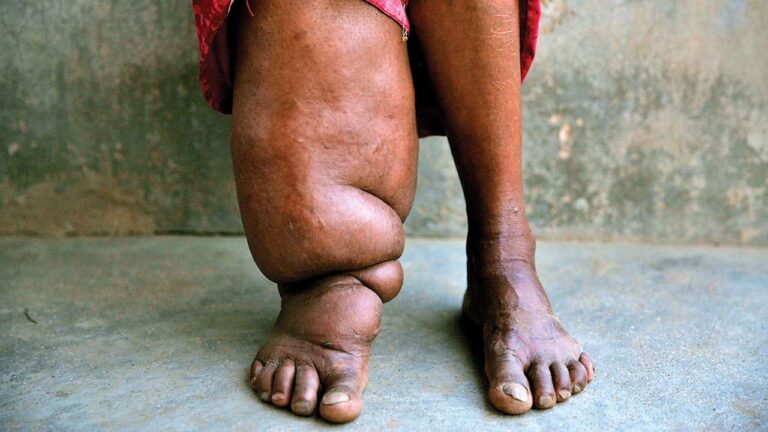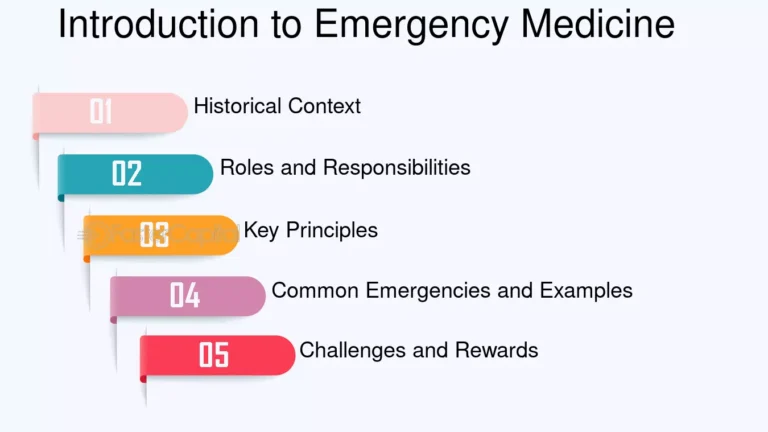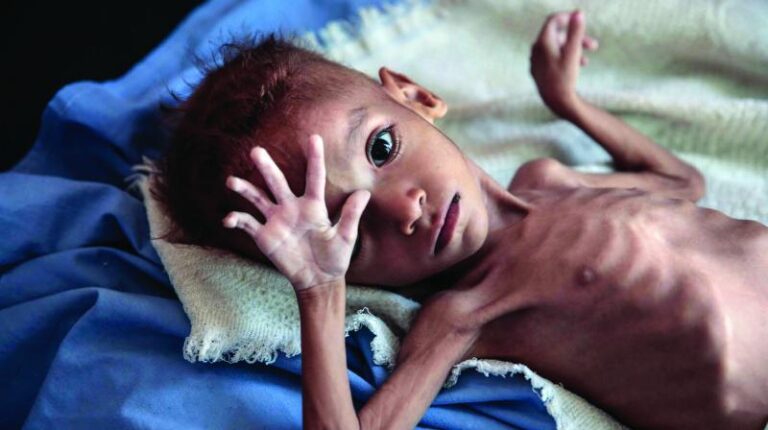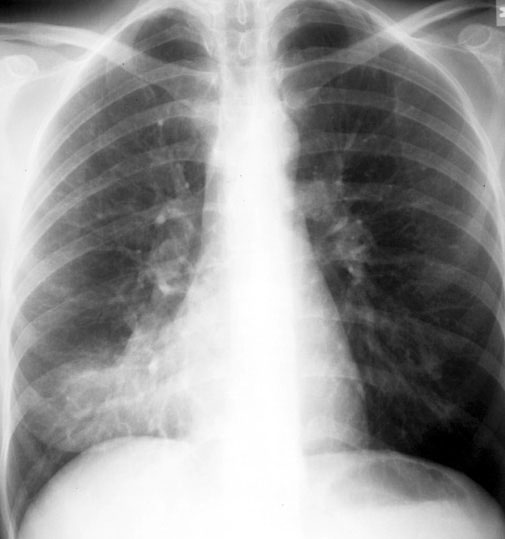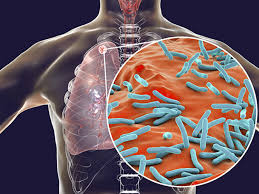Malnutrition

Malnutrition is a complex condition that arises from deficiencies, excesses, or imbalances in an individual’s intake of energy and/or nutrients. It’s a global health issue that affects people of all ages, but children, pregnant women, and the elderly are particularly vulnerable.
Understanding Malnutrition:
Malnutrition encompasses a broad spectrum of conditions, including:
- Undernutrition:
- This occurs when the body doesn’t receive enough essential nutrients.
- It includes:
- Wasting: Low weight-for-height, indicating recent and severe weight loss.
- Stunting: Low height-for-age, reflecting chronic undernutrition.
- Underweight: Low weight-for-age, which may be a combination of wasting and stunting.
- Micronutrient deficiencies: Lack of essential vitamins and minerals.
- Wasting: Low weight-for-height, indicating recent and severe weight loss.
- This occurs when the body doesn’t receive enough essential nutrients.
- Overnutrition:
- This occurs when the body receives an excess of nutrients, particularly calories.
- It leads to overweight and obesity.
- This occurs when the body receives an excess of nutrients, particularly calories.
Causes of Malnutrition:
Malnutrition is often rooted in a complex interplay of factors:
- Poverty: Limited access to nutritious foods due to financial constraints.
- Food insecurity: Lack of consistent access to sufficient, safe, and nutritious food.
- Inadequate dietary intake: Consumption of diets lacking essential nutrients.
- Infectious diseases: Frequent infections can increase nutrient needs and impair nutrient absorption.
- Poor sanitation and hygiene: These factors contribute to infectious diseases.
- Lack of breastfeeding: Inadequate breastfeeding practices can deprive infants of essential nutrients.
- Lack of access to healthcare: Limited access to healthcare services hinders the diagnosis and treatment of malnutrition.
- Social and cultural factors: Cultural practices and beliefs can influence dietary habits.
Symptoms of Malnutrition:
Symptoms vary depending on the type and severity of malnutrition:
- Undernutrition:
- Weight loss.
- Fatigue.
- Muscle wasting.
- Swelling (edema).
- Dry skin and hair.
- Weakened immune system.
- Delayed growth and development in children.
- Weight loss.
- Overnutrition:
- Weight gain.
- Obesity.
- Increased risk of chronic diseases (e.g., heart disease, diabetes).
Impact of Malnutrition:
Malnutrition has severe consequences, including:
- Increased risk of infections: A weakened immune system makes individuals more susceptible to illnesses.
- Impaired physical and cognitive development: Malnutrition can hinder growth and development, particularly in children.
- Increased morbidity and mortality: Malnutrition contributes to a higher risk of illness and death.
- Reduced productivity: Malnutrition can lead to decreased work capacity and economic productivity.
- Increased healthcare costs: Treating malnutrition and its complications places a burden on healthcare systems.
Prevention and Treatment:
Addressing malnutrition requires a multifaceted approach:
- Promoting healthy diets: Encouraging the consumption of diverse and nutritious foods.
- Improving food security: Ensuring access to sufficient, safe, and nutritious food.
- Enhancing sanitation and hygiene: Implementing measures to prevent infectious diseases.
- Promoting breastfeeding: Supporting optimal breastfeeding practices.
- Providing micronutrient supplementation: Addressing micronutrient deficiencies through supplements.
- Treating underlying medical conditions: Addressing any health issues that contribute to malnutrition.
- Providing nutritional support: Offering therapeutic feeding for severely malnourished individuals.
- Educating communities: Raising awareness about healthy dietary practices.
Global Efforts:
Organizations like the World Health Organization (WHO) are working to combat malnutrition through various initiatives and programs.
Malnutrition is a significant global health challenge, but with concerted efforts, it can be prevented and treated.
I hope this information is helpful.









